In the field of industrial automation, Distributed Control Systems (DCS) and Programmable Logic Controllers (PLC) are two widely adopted control solutions. While they may appear similar at first glance, their design philosophies, applications, and technical characteristics differ significantly. Understanding these differences is essential for making the right selection in any industrial project.
This article analyzes the two systems across multiple dimensions: core functionality, system architecture, programming methods, scalability, cost, and practical use cases.
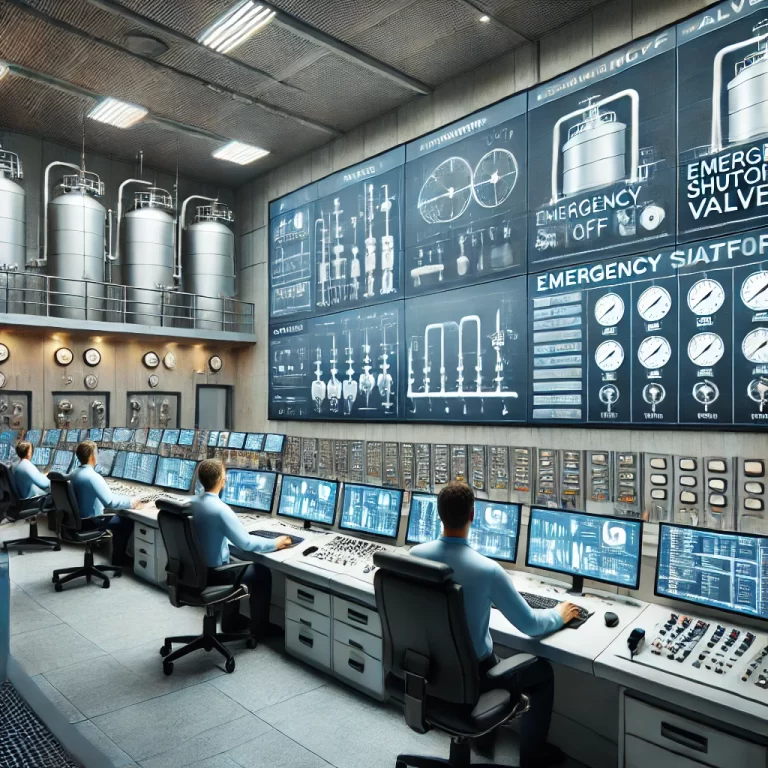
1. Core Functionality: Who Excels in Process Control?
DCS was originally developed to meet the demands of process industries, such as chemical plants, petrochemical refineries, power generation, and pharmaceuticals. These environments often involve continuous processes where maintaining stable conditions (e.g., temperature, pressure, flow rate) is critical. For example, in a natural gas processing plant, DCS provides robust monitoring and adjustment capabilities to keep the operation running smoothly 24/7.
In contrast, PLC systems shine in discrete manufacturing environments, such as automotive assembly, packaging lines, and electronics manufacturing. These scenarios involve fast, repetitive, and logic-driven operations, such as switching actuators, controlling conveyor belts, or counting components. A PLC offers rapid response and flexibility, making it ideal for real-time machine-level control.
Summary:
- DCS: Best for continuous, complex process control.
- PLC: Best for discrete, high-speed logic control.
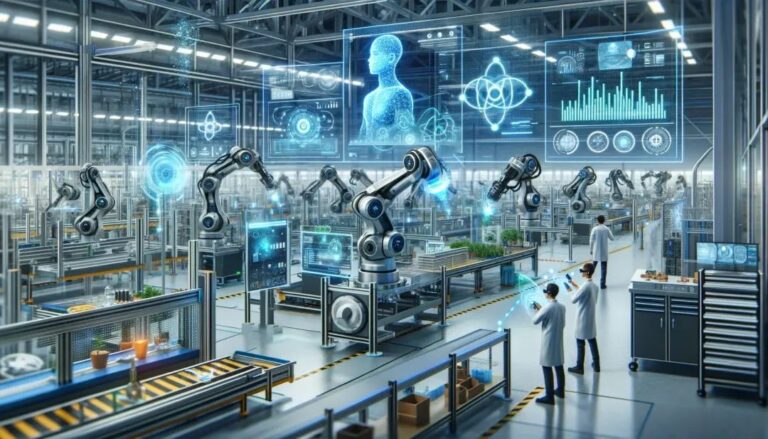
2. System Architecture: Centralized vs Modular
DCS systems employ a distributed architecture. They consist of multiple controllers and subsystems connected to a centralized operator station. This design ensures high system reliability and redundancy. If one module fails, others can continue functioning independently — a must-have in environments where downtime is costly or dangerous.
On the other hand, PLC systems are typically modular and localized. A PLC unit may control a specific machine or section of a plant independently. While modern PLCs can be networked for larger systems, they are inherently simpler and more scalable, allowing faster deployment and easier maintenance.
Real-World Example:
A large chemical plant might use DCS to control its core chemical reaction and purification processes, while PLC units handle tasks like packaging, filling, and palletizing at the end of the line.
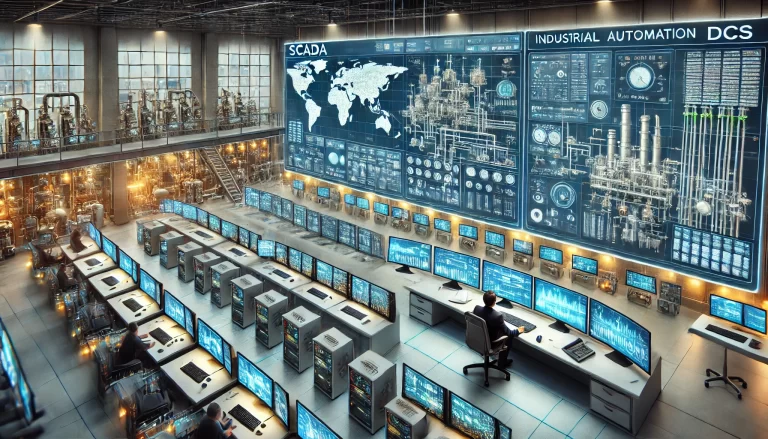
3. Programming and Expandability: The Engineer’s Perspective
DCS programming is often done using Function Block Diagrams (FBD), which are ideal for handling large-scale process control and complex interdependencies. However, this also means a steeper learning curve, requiring skilled engineers for development and maintenance.
PLC programming typically uses Ladder Diagrams (LD) — a visual logic language resembling electrical relay schematics. It is easier to learn and maintain, especially for technicians with electrical backgrounds. PLCs are also highly expandable. You can add I/O modules or upload new control logic with minimal disruption.
Comparison:
- DCS: High stability, sophisticated control, higher development cost.
- PLC: User-friendly, cost-effective, easy to scale and maintain.
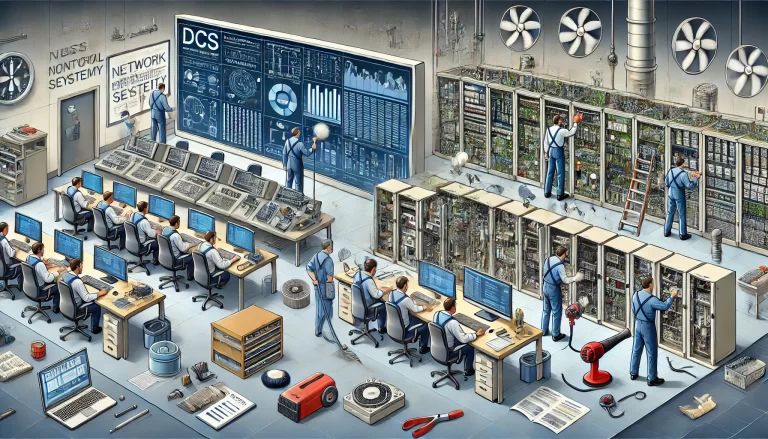
4. Cost Considerations and ROI
Initial Costs:
- DCS systems tend to have higher upfront costs due to sophisticated hardware, engineering design, and installation requirements.
- PLCs are generally cheaper to install and configure, especially for small- to mid-scale applications.
Lifecycle and Maintenance:
- DCS may offer lower long-term maintenance costs due to its integrated architecture.
- PLC systems may require frequent additions or changes for growing complexity, which could increase total cost over time.
5. Application Scenarios
| Application Type | Recommended System |
|---|---|
| Chemical Processing Plant | DCS |
| Power Generation | DCS |
| Automotive Assembly Line | PLC |
| Food & Beverage Packaging | PLC |
| Hybrid Operations | DCS + PLC Combo |
Modern automation projects often combine DCS and PLC for best results — using DCS for core continuous processes and PLCs for machine-level tasks.
6. Market Insights and Industry Trends
According to recent industry reports, the global industrial automation market shows increasing integration of DCS and PLC systems. In particular, PLCs dominate among small and medium-sized enterprises (SMEs) due to their affordability and flexibility.
Emerging technologies such as Industrial Internet of Things (IIoT) and edge computing are also reshaping how DCS and PLCs are deployed, encouraging hybrid and interconnected control environments.
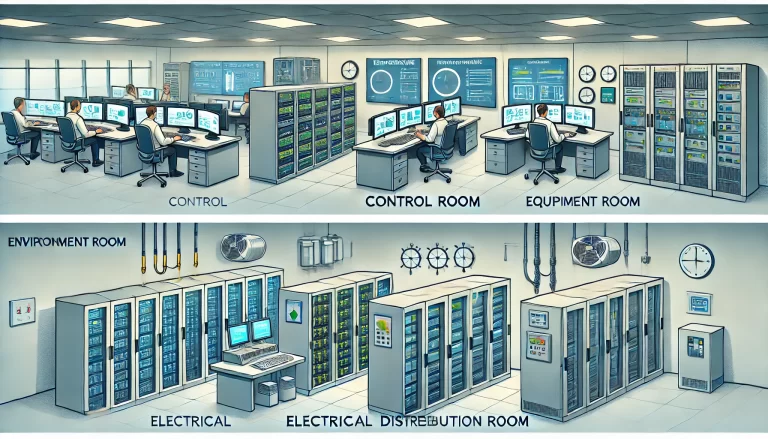
Conclusion:
There is no one-size-fits-all answer when choosing between DCS and PLC. The decision should depend on:
- Process complexity
- Control strategy
- Budget
- Technical support available
Choose DCS if:
- Your process is continuous, complex, and requires high reliability.
- System-wide integration and redundancy are critical.
Choose PLC if:
- You need quick logic-based control for machines or modular systems.
- Budget and ease of maintenance are priorities.
Best Practice:
Many modern factories benefit from a DCS + PLC hybrid strategy, maximizing process reliability while maintaining cost efficiency and scalability.
